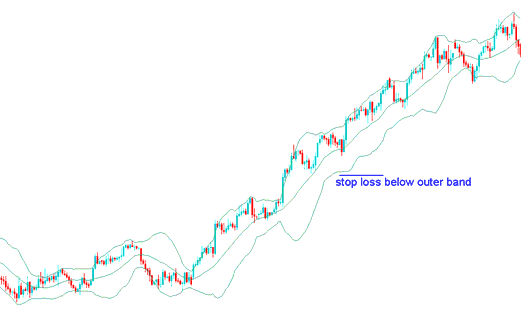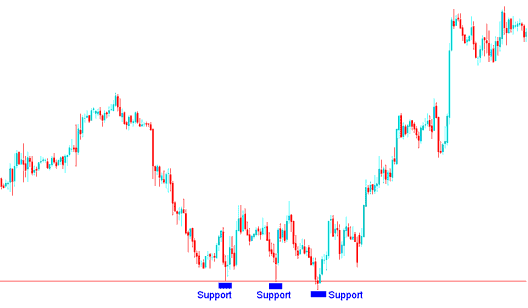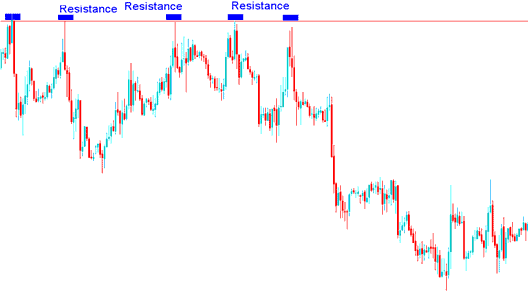Technical Indicators for Setting Stop losses in Gold Trading
Some chart trading indicators are used for setting stop losses taking away the need for Gold traders to perform complex calculations on where to place these stop loss orders.
A Gold trading systems trader can also place a stop loss order according to these chart indicators. Some indicators use mathematical calculations to calculate where the stop loss order should be set so as to provide an optimal exit. These chart indicators can be used as the basis for setting stop loss orders when it comes to Gold trading. These chart indicators follow price action of Gold price chart closely and define the boundaries which the Gold price should move along in. When the Gold moves outside these boundaries it is therefore best to close the open Gold trades as price stops moving in that particular direction.
Some of the Technical indicators that can be used to set stop loss orders are:
Parabolic SAR Indicator
Parabolic SAR is used to set a trailing price stop loss when trading Gold metal online
The Parabolic SAR provides excellent exit points for setting stops.
- In an upward trend, you should close long positions when the price falls below the parabolic SAR
- In a downward trend, you should close short positions when the price rises above the parabolic SAR
If you are in a long position then the price should be above the parabolic SAR, the parabolic SAR indicator will move up every day, regardless of direction in which the Gold price is moving. The amount that the parabolic SAR moves up depends on the amount that Gold prices moves.

Parabolic SAR Indicator - Technical Chart Indicator
Parabolic SAR indicator and how it is used for setting stop loss orders
Bollinger Bands Indicator
Bollinger Band indicator uses standard deviation as a measure of volatility. Since standard deviation is a measure of volatility, the Bollinger bands are self-adjusting meaning that they widen during periods of higher volatility and contract during periods of lower volatility.
Bollinger Band indicator consists of 3 bands that are designed to encompass the majority of a trading instruments price action. The middle band is a basis for the intermediate-term price trend: typically it is a 20-period simple moving average, which also serves as the base for the upper and lower Bollinger bands. The distance of the upper band the lower band from the middle band is determined by volatility of the price movement.Since these Bollinger bands are used to encompass the Gold trading instrument price action, the bands can be used to set stop losses just outside the area of these bands.

Bollinger Band Indicators Setting Stop Loss Level in Gold Price Chart
Fibonacci Retracement Levels Indicator
Fibonacci retracement levels also provide areas of support and resistance, these areas can be used to set stop loss levels when trading Gold.Fibonacci Retracement level 61.8 % is the most commonly used level for setting stop losses. A stop loss order should be set just below Fibonacci retracement level 61.8 %.
The 61.8 % Fibonacci retracement level is used to set these stop loss orders since this retracement level is rarely hit.

Fibonacci Retracement Levels Chart Indicator Stop Loss Setting at 61.8 % Retracement Level
Fibonacci retracement level 61.8% used to set stop orders in Gold trading.
Support and Resistance Levels Lines
Support and resistance levels is another technical chart indicator that can be used to set stop loss levels where the stop loss orders are set just above or below the support or resistance levels.
Buy Trade - Stop loss set a few pips below the Support Level

Buy Trade - Stop Loss order set a few pips below the Support Level
Sell Trade - Stop Loss set a few pips above the Resistance Level

Sell Trade - Stop Loss order set a few pips above the Resistance Level


